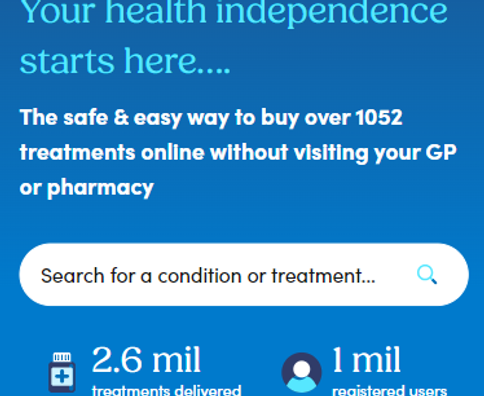Need something else?
We stock over 1099 treatments for 94 conditions

Your nerves carry vital messages to and from the brain, and if a nerve gets compressed, it can send pain signals. This is known as a pinched nerve. Cases vary in severity, and in the most serious cases, it can be agonising.
Because your nervous system spans your body, you can develop a pinched nerve anywhere, but it’s most common in areas such as your neck, back, shoulder, elbows, wrists, and hands. Chiropractors have found that fibromyalgia sufferers often develop pinched nerves in their spine.
Pinched nerves don’t have to be permanent, but they can cause permanent damage if not treated promptly, so you must consider your treatment options now. This guide is about the kinds of treatment you can get and how to decide which one is right for your pinched nerve.
By a wide margin, the most common symptom of a pinched nerve is pain, and nerve pain is generally what bothers sufferers the most. Because nerves don’t just transmit pain signals, though, the compression of a nerve can produce other symptoms like:
Sometimes nerve pain extends past the point of origin. This is known as radiating pain. It chiefly affects the neck, back, or legs, and generally results from compression of the spinal nerve root. When it occurs in the sciatic nerve in the lower back, it is known as sciatica.
There are various different courses of treatment that can help reduce the effects of a pinched nerve. Which one you should try will depend on your particular case and symptoms, but we’ll start with the most basic treatment and work up.
If you’ve suffered a compressed nerve due to swollen tissue resulting from strenuous physical activity, or an accident, it may be enough to rest the area until the swelling goes down. Once that happens, the pressure on the nerve should go back to normal, and the symptoms, including nerve pain, should clear up.
If it’s quite difficult to rest the affected area, you may benefit from using a splint or a collar to restrict its movement and help the muscles rest. The less motion there is in the area, the more quickly the tissue can recover.
Physical therapy might help you if the underlying problem is muscle weakness or a problem with how you move. By strengthening and stretching the muscles around the affected area, and possibly making changes to your form, you might be able to make some big improvements.
In the worst cases of a pinched nerve, surgery can be the only effective treatment available. If no other form of treatment makes a difference, you might need surgical intervention to remove whatever is putting pressure on the nerve. Your GP may be able to refer you if all other treatment options have failed.
If it isn’t swollen tissue, it’s likely to be a piece of scar tissue or even a shard of bone or spinal disc. This is unlikely to happen outside of a major injury, so if you haven’t suffered any deep wounds or broken bones, you shouldn’t need surgery.
If you’re pursuing treatment to resolve your pinched nerve, or you’ve treated it as much as you can for the time being and you just need to handle the nerve pain, you can use drugs to reduce the swelling of the tissue around the nerve and the inflammation of the nerve itself.
From least to most drastic, here are the usual options:

If you’re suffering from nerve pain and resting isn’t enough to relieve the discomfort, be sure to consult a doctor as soon as you can to find the right pain relief medication for you. Depending on the specifics of your case, your pinched nerve may need several types of treatment. Your GP will be able to point you in the right direction.

We stock over 1099 treatments for 94 conditions